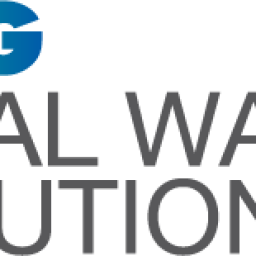As the world grapples with the
urgent need to combat climate change, understanding the various facets of
carbon emissions becomes crucial. While Scope 1 and Scope 2 emissions are
directly linked to a company's operations and energy use, Scope 3 emissions
present a more complex scenario. These emissions, often overlooked, are a vital
part of the carbon footprint of any organization, especially when considering
the entirety of supply chains.
What are Scope 3
Emissions?
Scope 3 emissions are indirect
emissions that occur in a company's value chain. They include all sources not
within an organization's direct control, such as business travel, procurement,
waste disposal, and use of sold products. Unlike Scope 1 (direct emissions from
owned or controlled sources) and Scope 2 (indirect emissions from the
generation of purchased energy), Scope 3 emissions can be numerous and varied,
depending on the nature of the business.
The Logic of Shared
Emissions in Supply Chains
In a supply chain, Scope 3
emissions are not confined to one link but are shared across multiple
businesses. For instance, the emissions from manufacturing a product are not
just the concern of the manufacturing company but also of the businesses
involved in sourcing raw materials, transportation, and selling the final
product. This interconnected nature underscores the importance of collective
action in managing these emissions.
Reporting Scope 3
Emissions – Not Double Counting but Shared Accounting
There is a common misconception
that reporting Scope 3 emissions leads to double counting. However, this
process is more about shared accounting than duplication. Accurate reporting of
these emissions enables businesses to understand the full extent of their
carbon footprint and identify opportunities for reduction. Standardized
reporting, in line with global protocols like the Greenhouse Gas Protocol,
ensures consistency and comparability across businesses.
The Case for Shared
Responsibility
The shared nature of Scope 3
emissions implies that each entity in the supply chain bears equal
responsibility. This collective approach is beneficial for several reasons.
Firstly, it allows for a comprehensive understanding of the environmental
impact of products and services. Secondly, it drives innovation and efficiency
in the supply chain, leading to reduced costs and enhanced sustainability.
Finally, it strengthens corporate reputation and stakeholder trust.
Challenges and
Opportunities
Despite the clear benefits,
businesses face significant challenges in tracking and managing Scope 3
emissions. These include data availability, quality, and the complexity of
supply chain structures. However, advancements in technology, such as AI and blockchain,
are making it easier to monitor and report these emissions. Additionally, there
is a growing role for government regulations and incentives in promoting
responsible practices.
In conclusion, managing Scope 3 emissions is not just a matter of regulatory compliance or environmental stewardship; it is a strategic imperative for businesses. Acknowledging and addressing these emissions as part of a shared responsibility is critical in the collective fight against climate change. As companies continue to innovate and collaborate, the goal of reducing Scope 3 emissions becomes increasingly attainable, paving the way for a more sustainable future for all.
Try our online NetZero Calculators or start a Free Training Course on energy and carbon topics. Make an appointment to chat about your business requirements, energy planning, and Net Zero
journey. Visit our website for more information on www.BryceEnergyServices.com and how we can help your business on its NetZero journey.
 Bryce Energy Services Ltd
Bryce Energy Services Ltd





